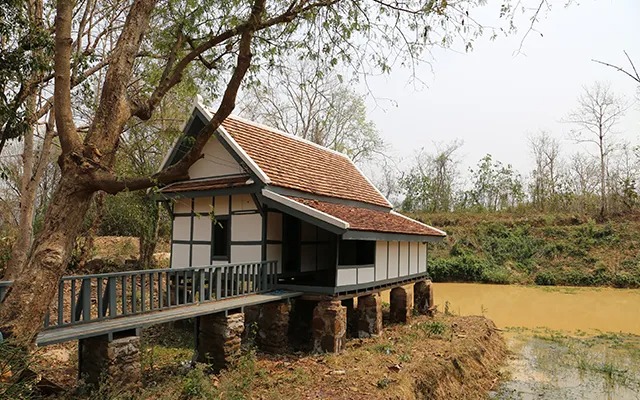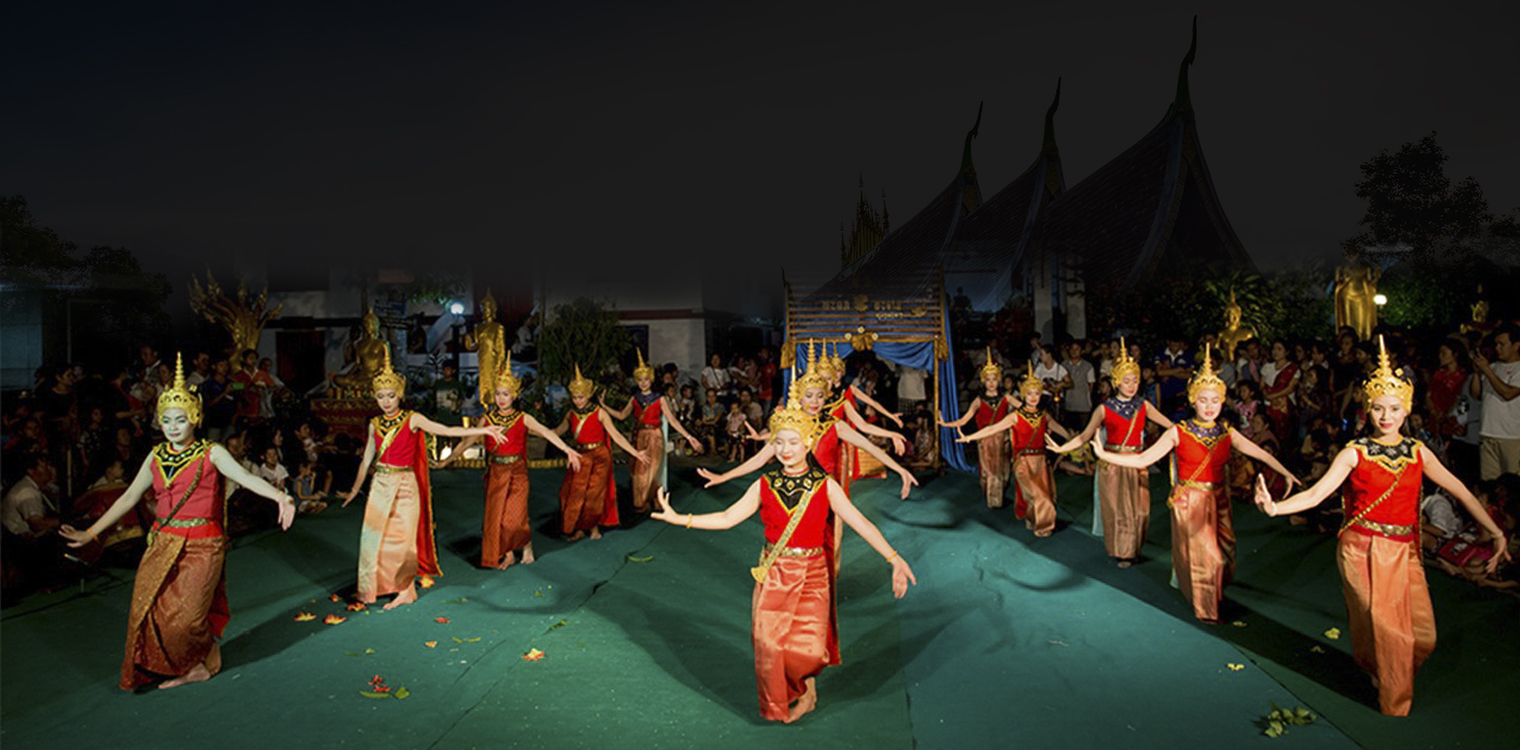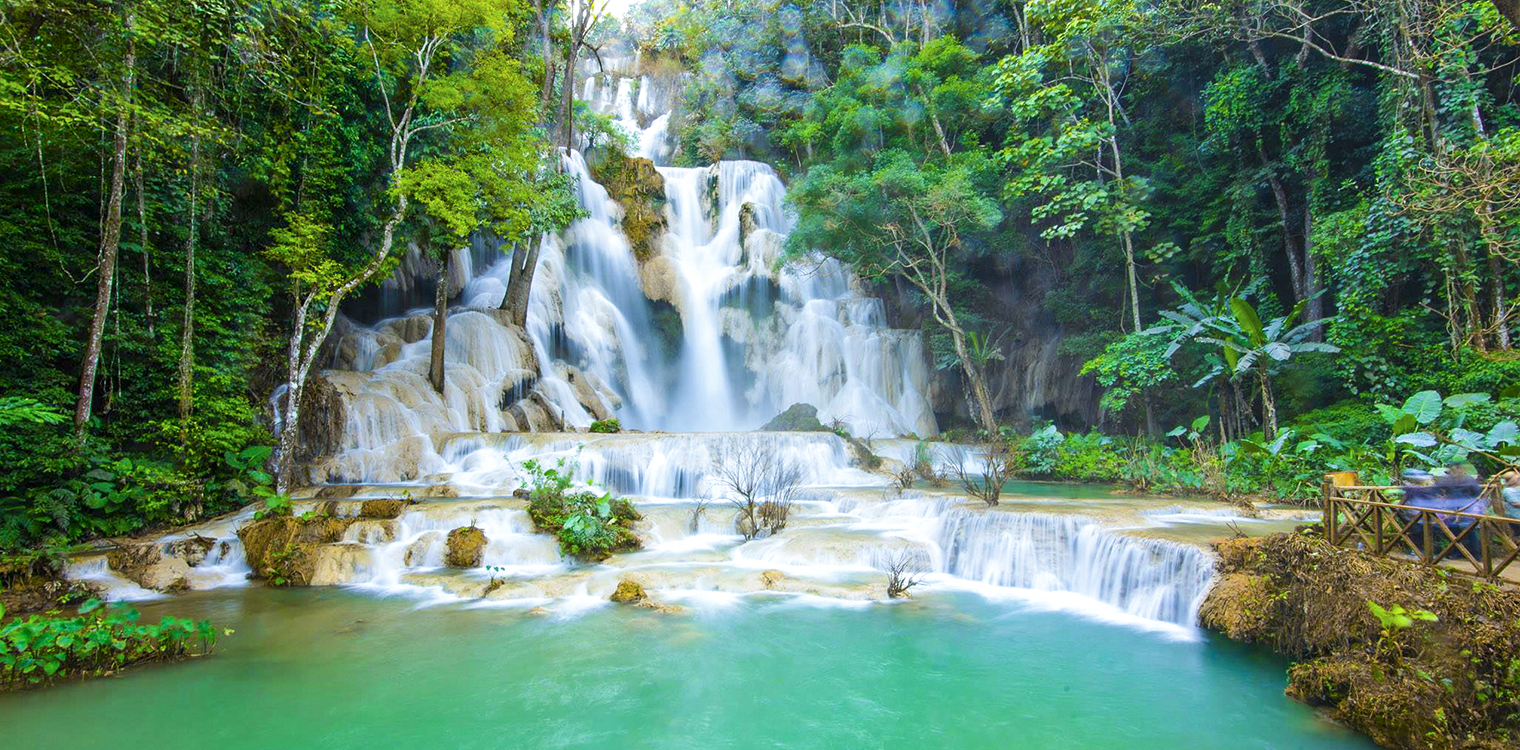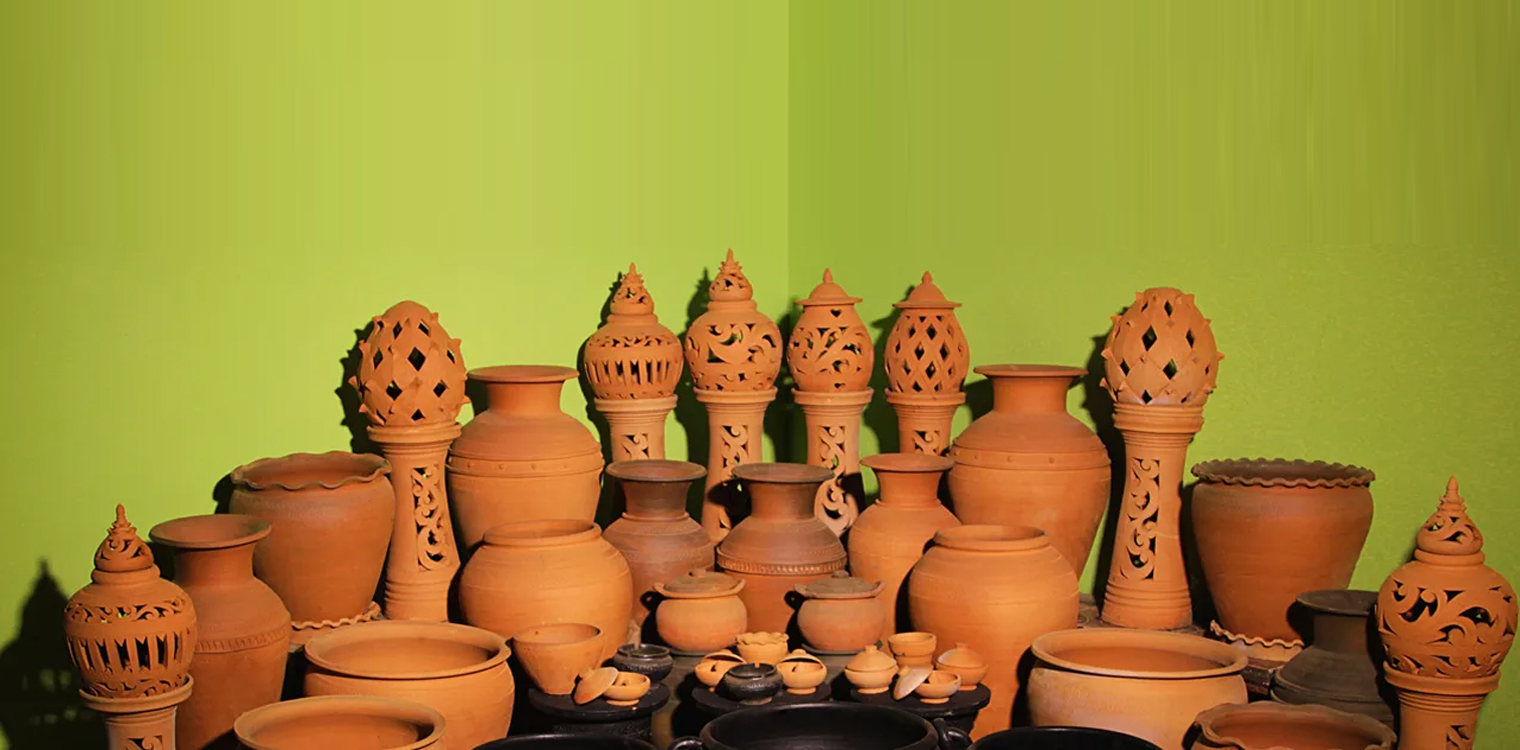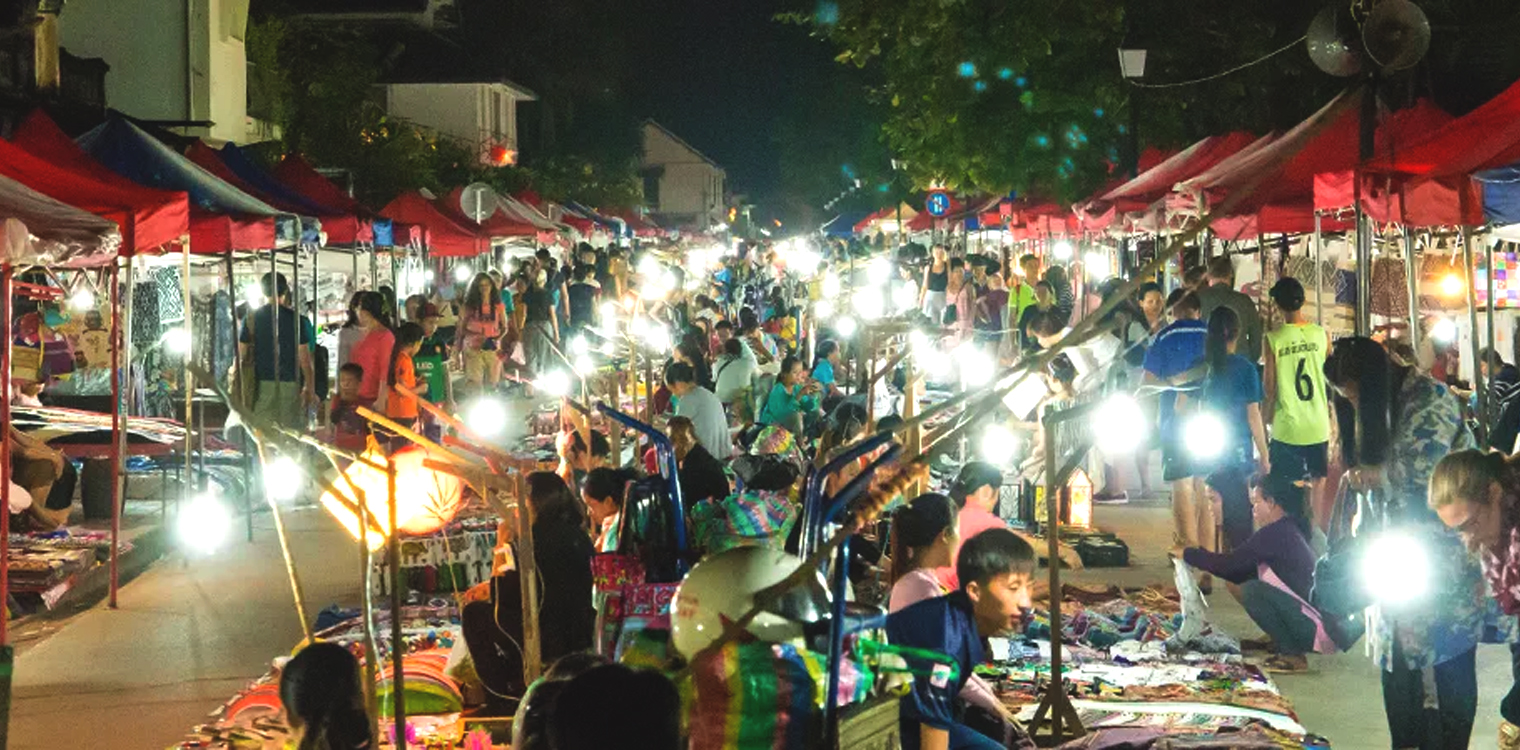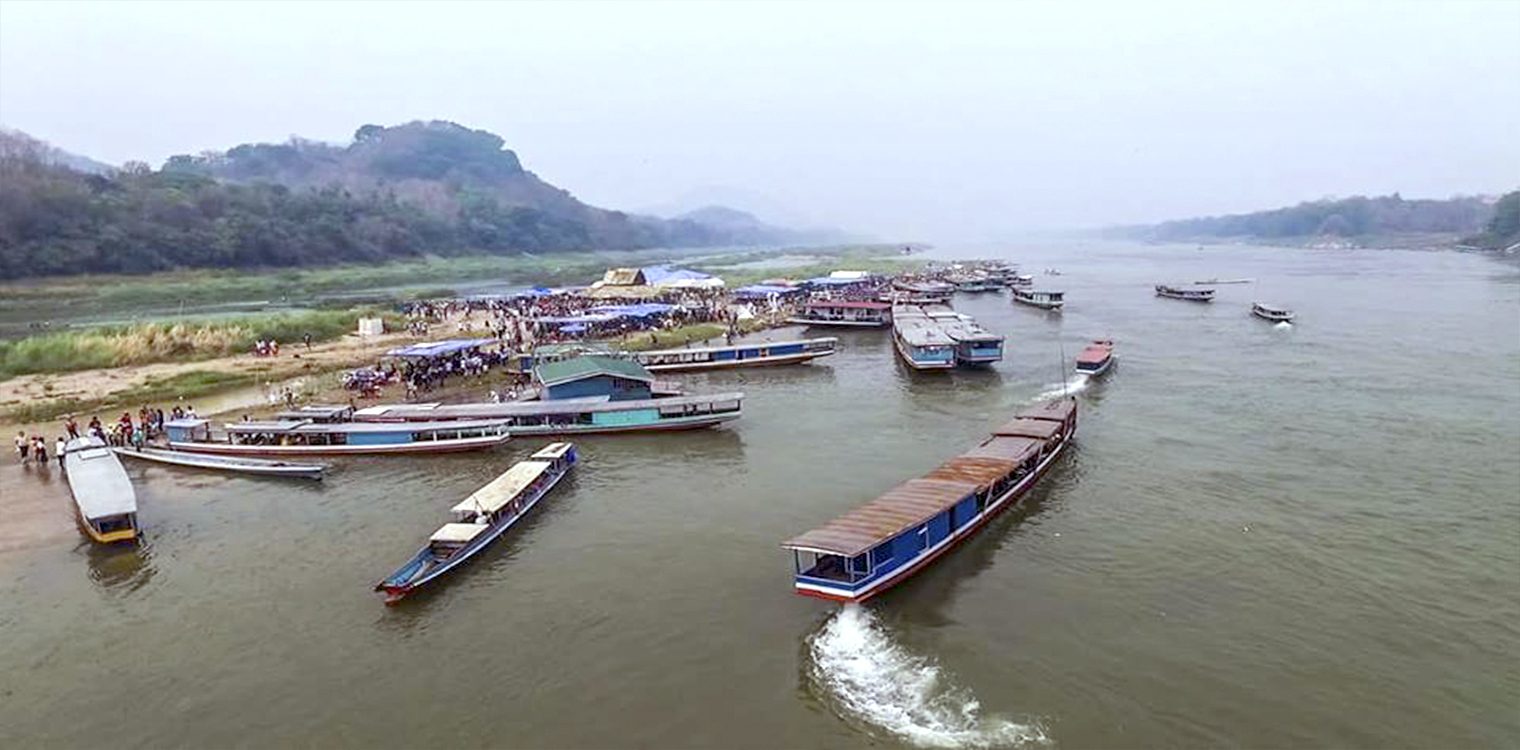Temples in Chomphet District
Wat Chomphet
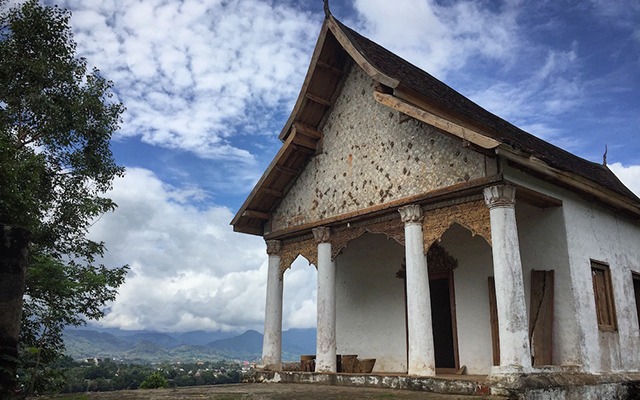
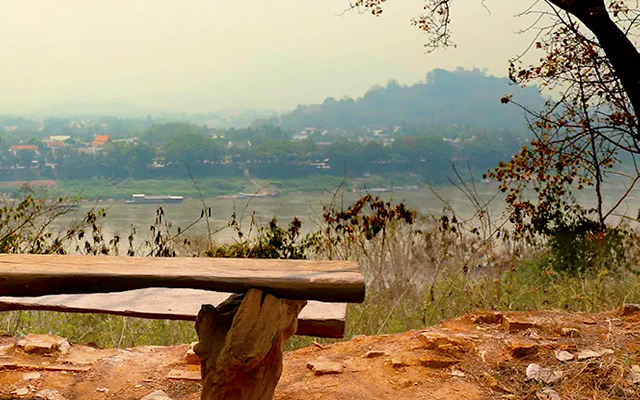
It’s on the other side of the peninsula. You can enjoy the breath taking view of the world heritage town. It’s a bit of a hike to Wat Chomphet but climbing the 123 steps is well worth it. Built in 1888 by the Thais, this might not be a very well maintained temple. But it has the best views around offering a stunning panorama of the surrounding hills, Mekong river and Luang Prabang town.
At the top of the staircase are two stupas that house the bones of the wives of one of the former kings of Laos. The temple itself is small and in decayed state but there is talk of restoring it to its former glory in the coming years.

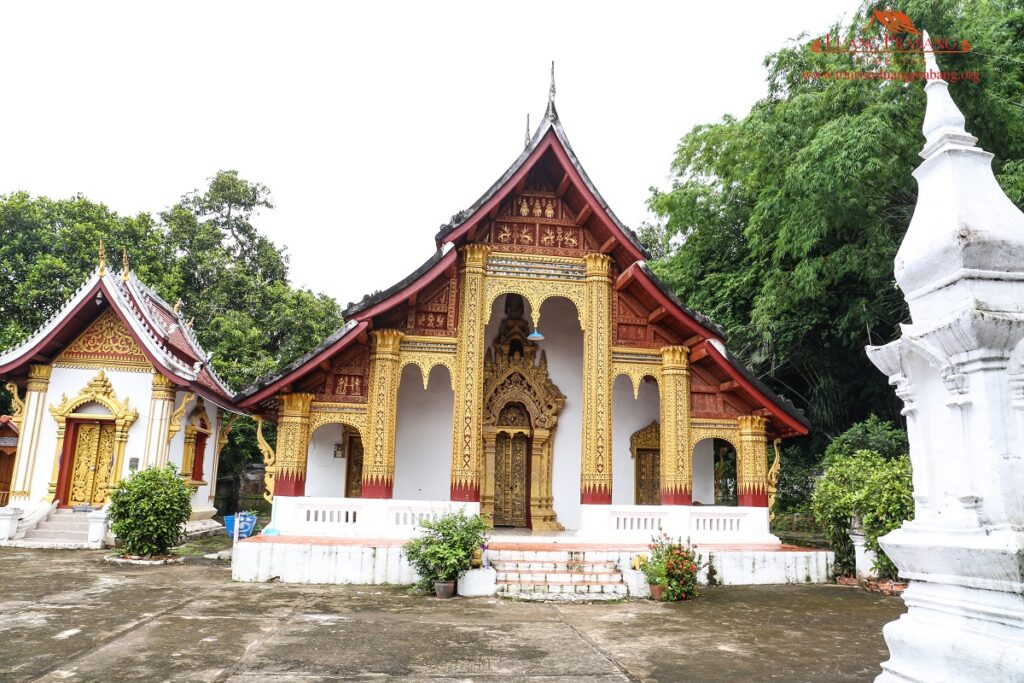
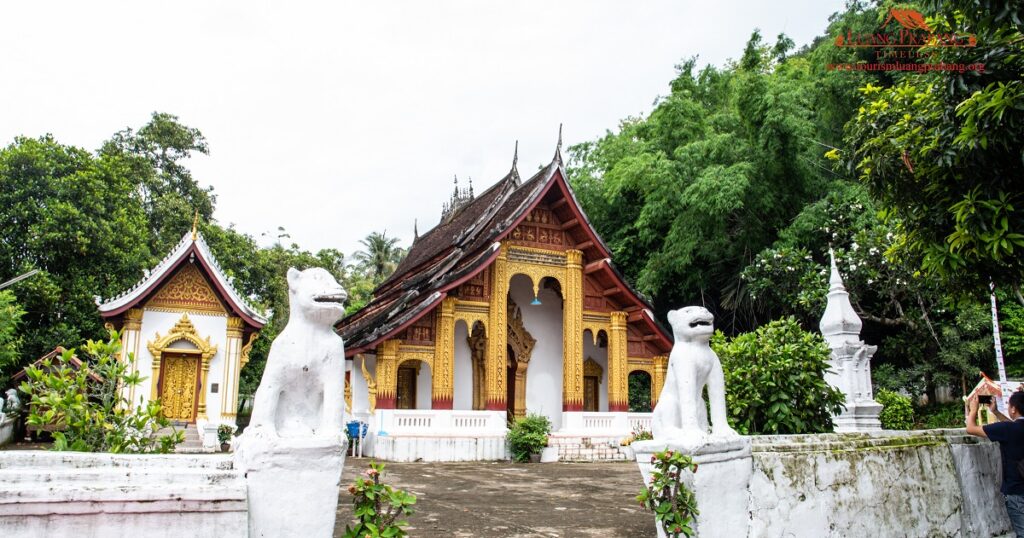
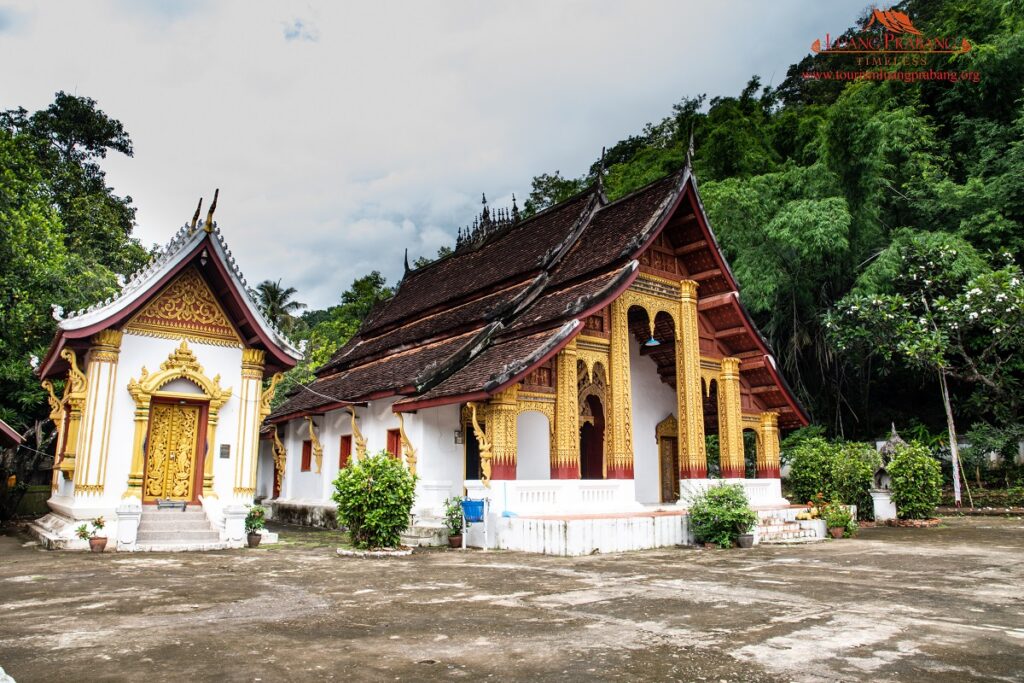
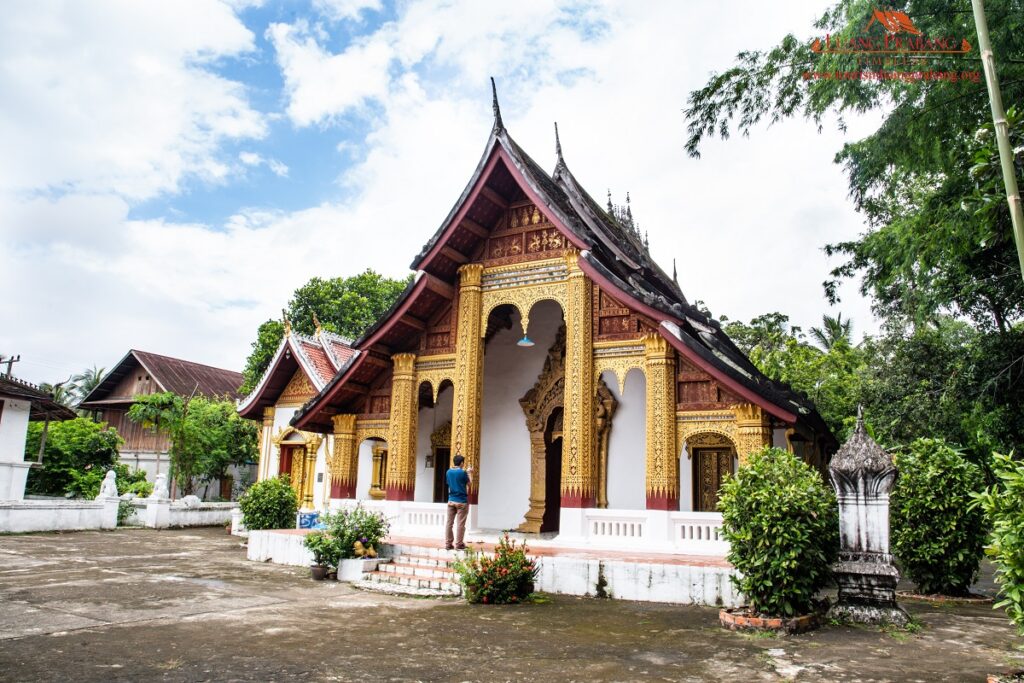
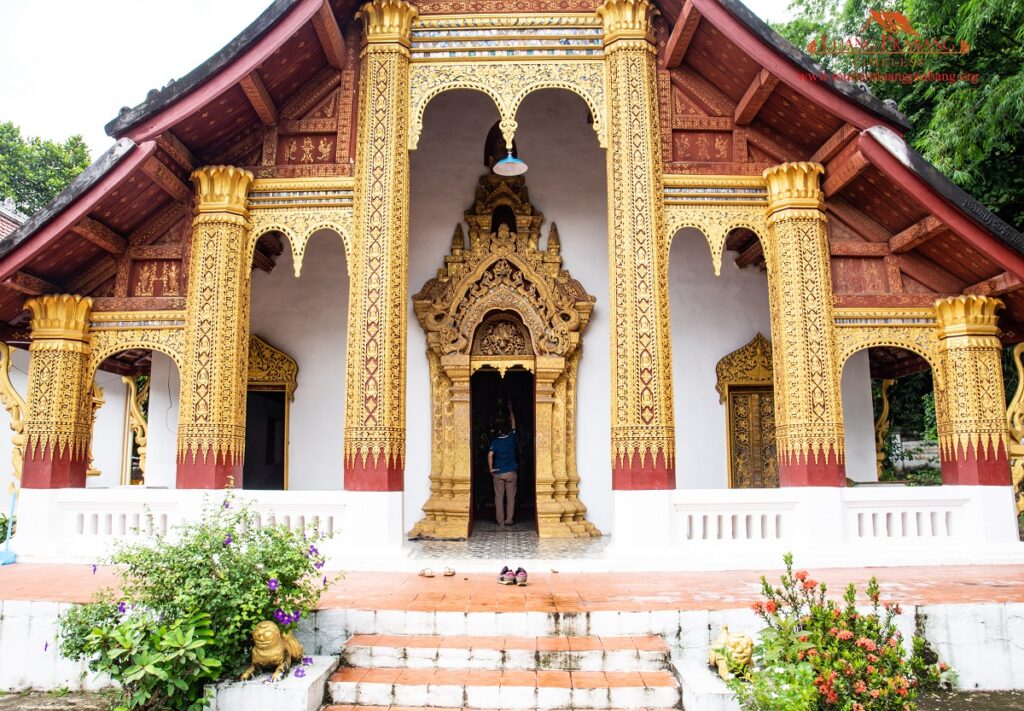
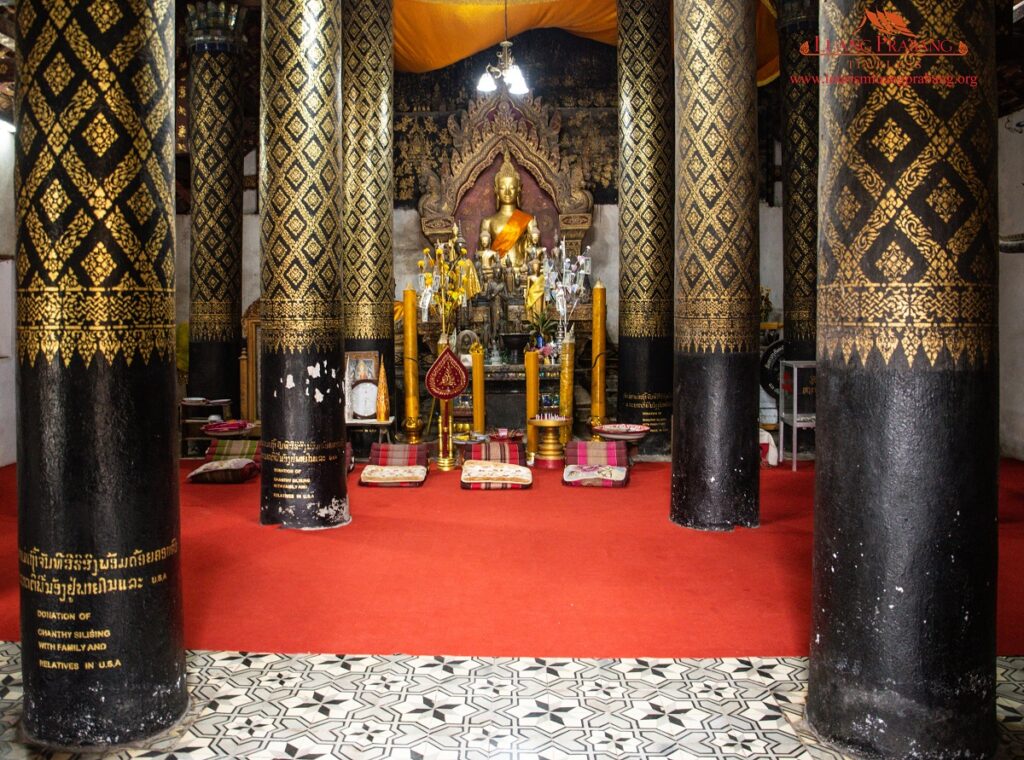
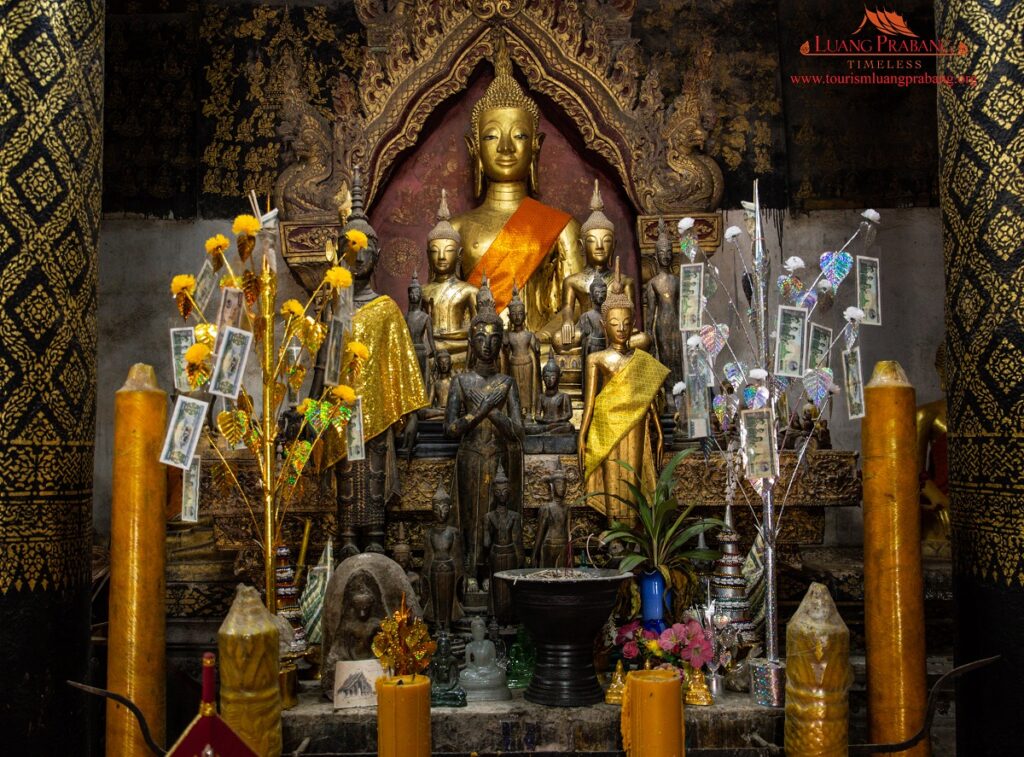
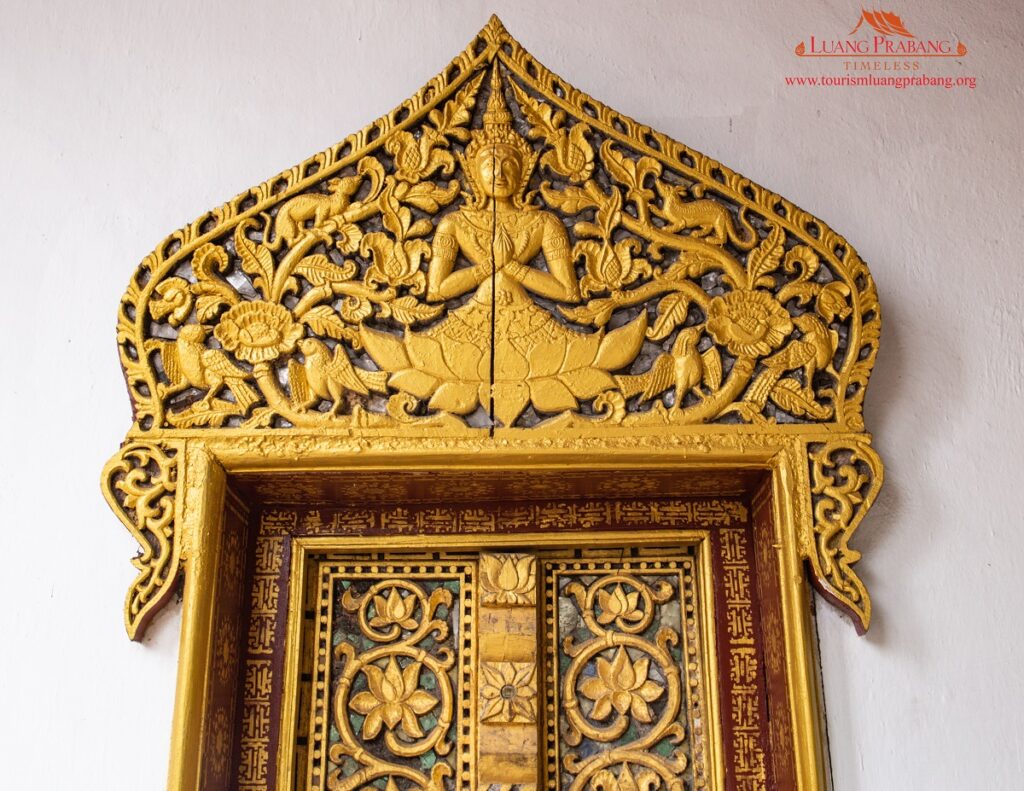
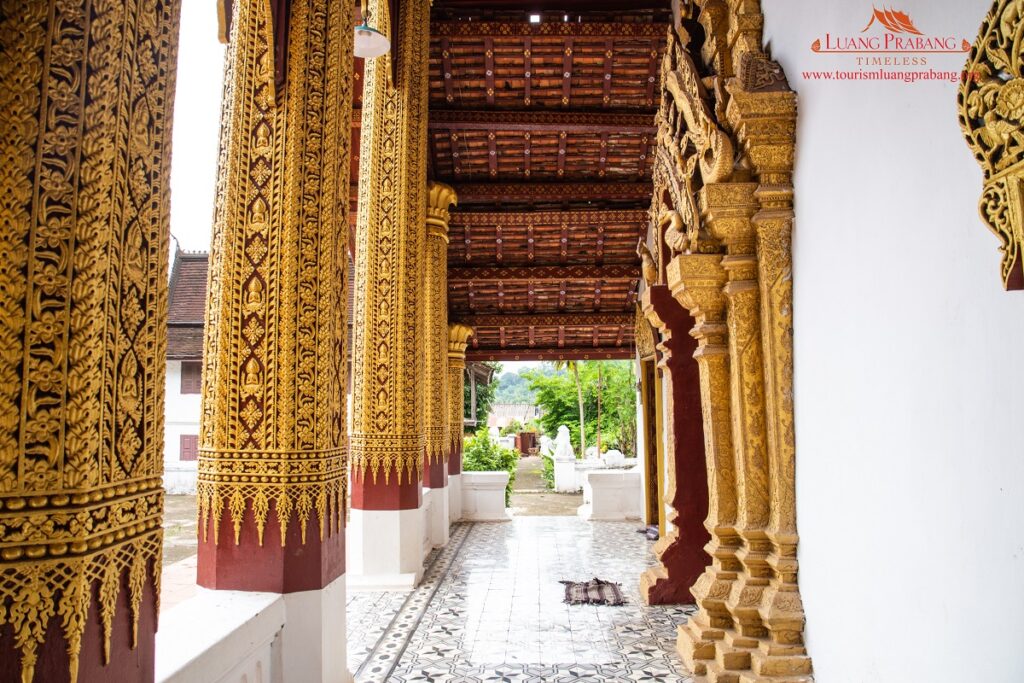
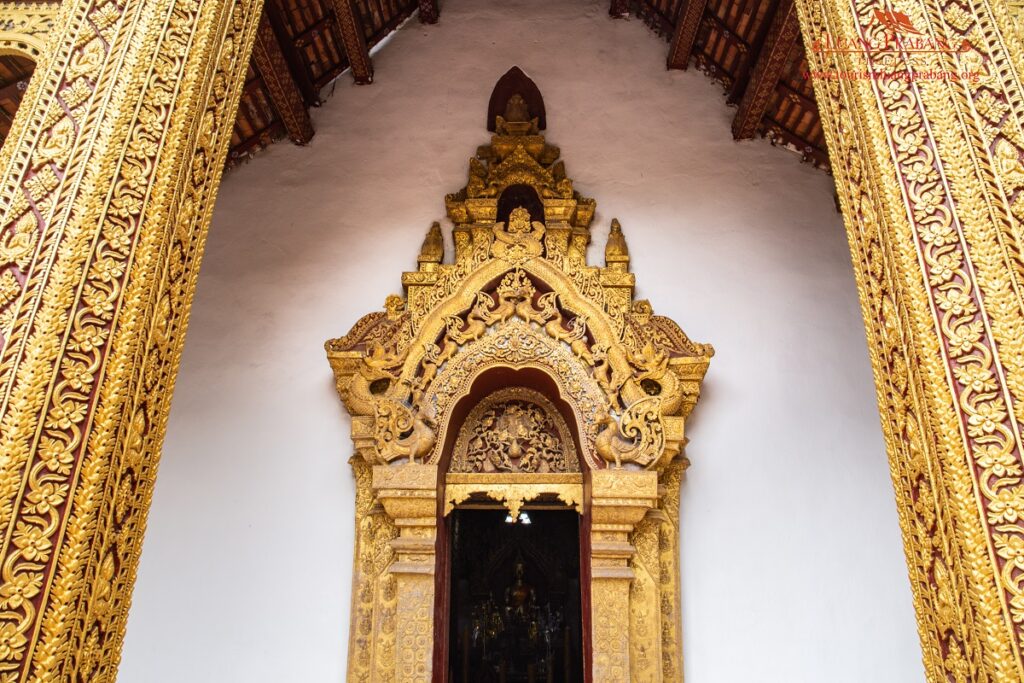
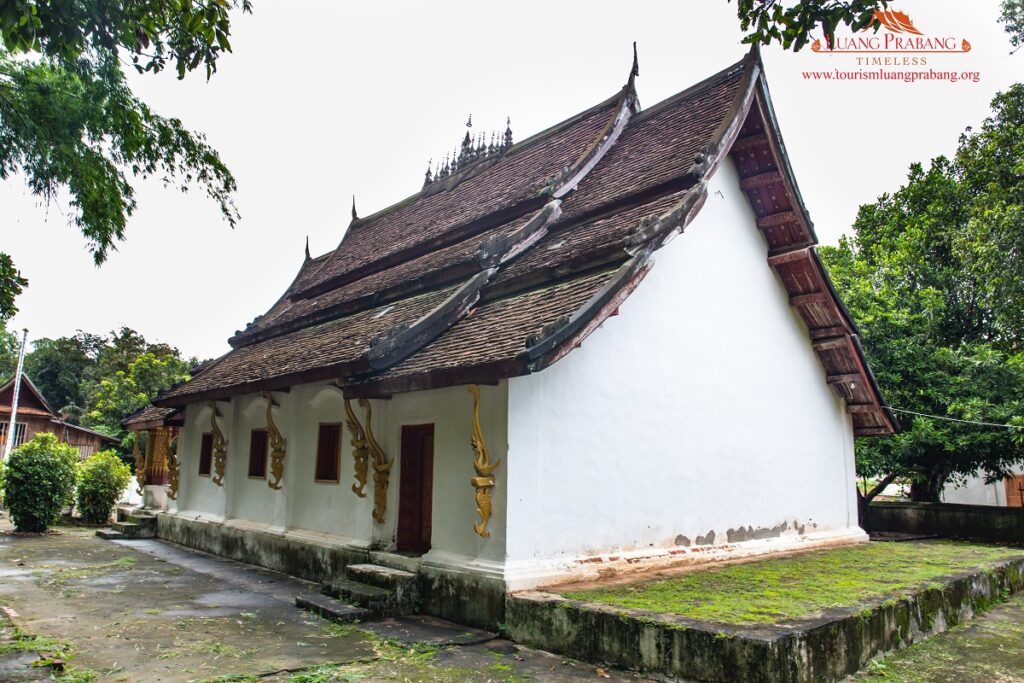
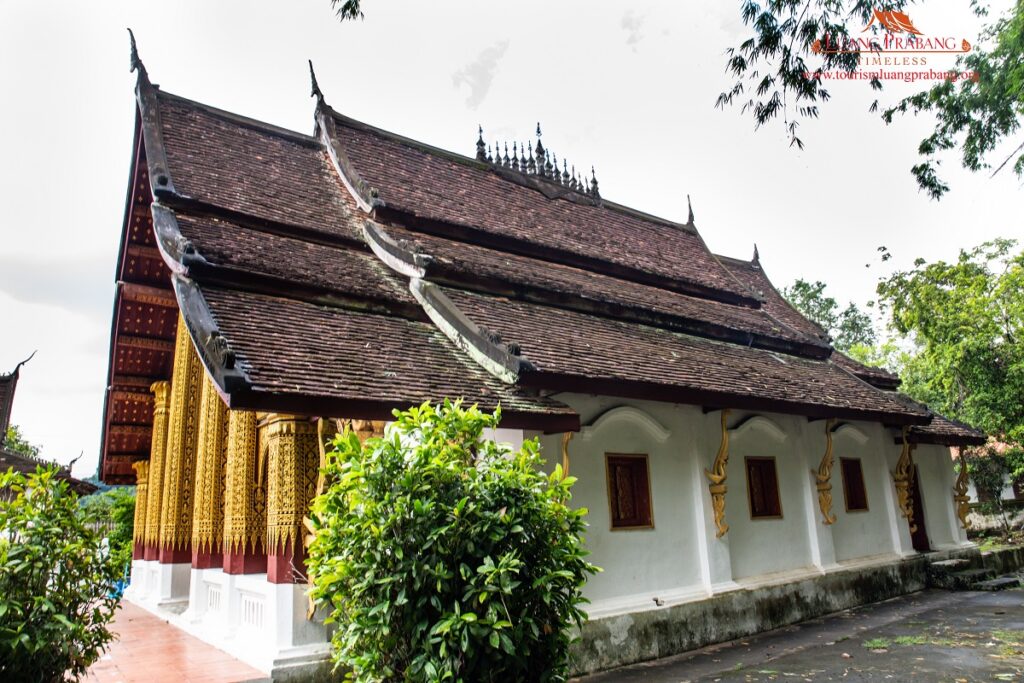
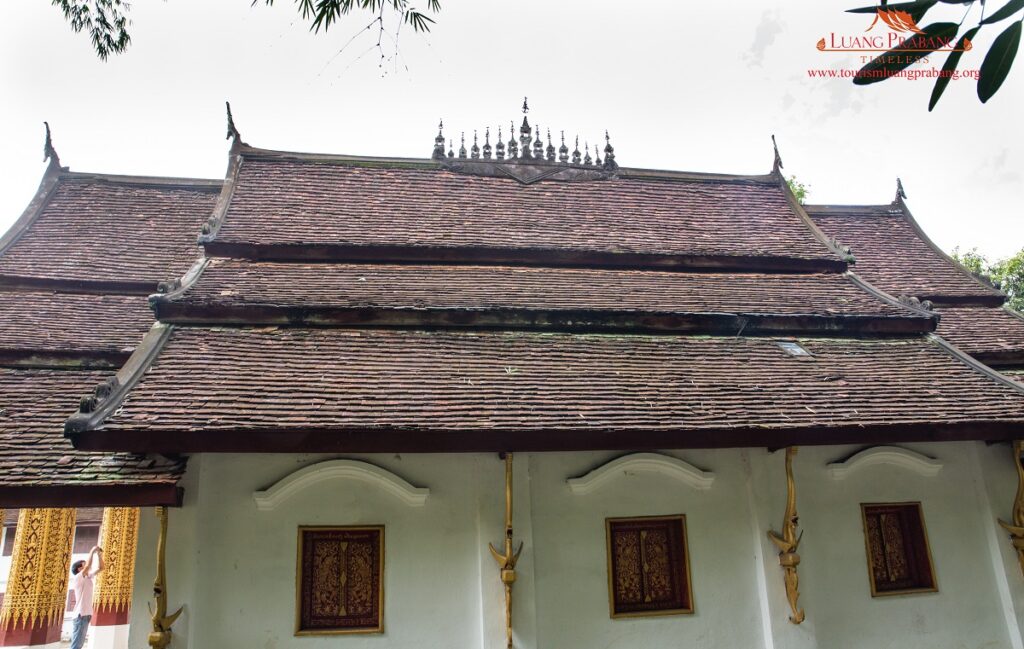
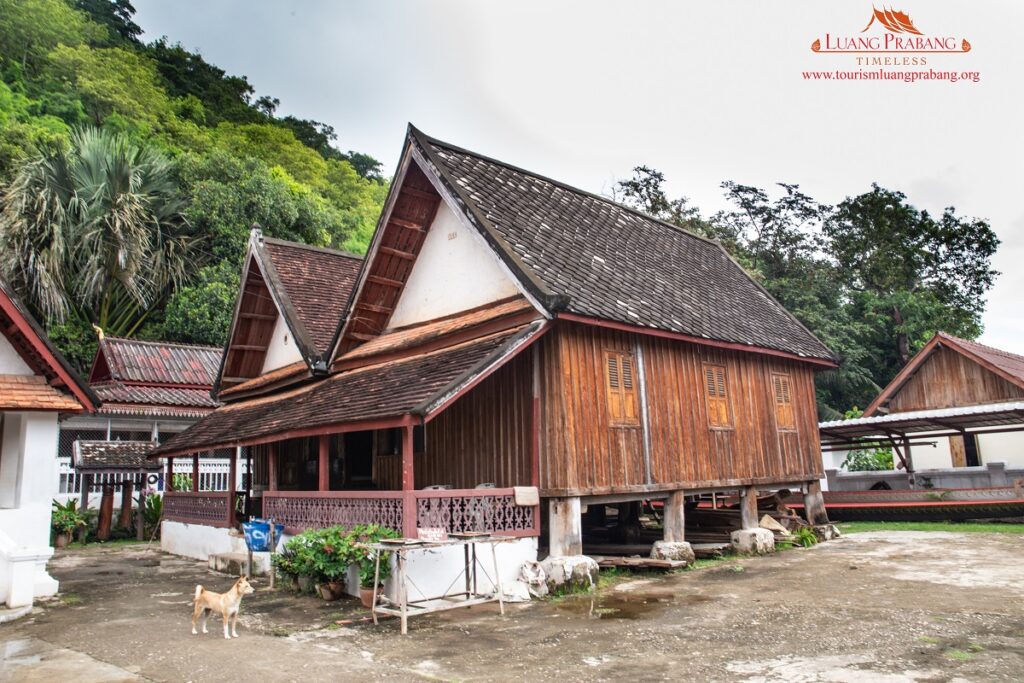
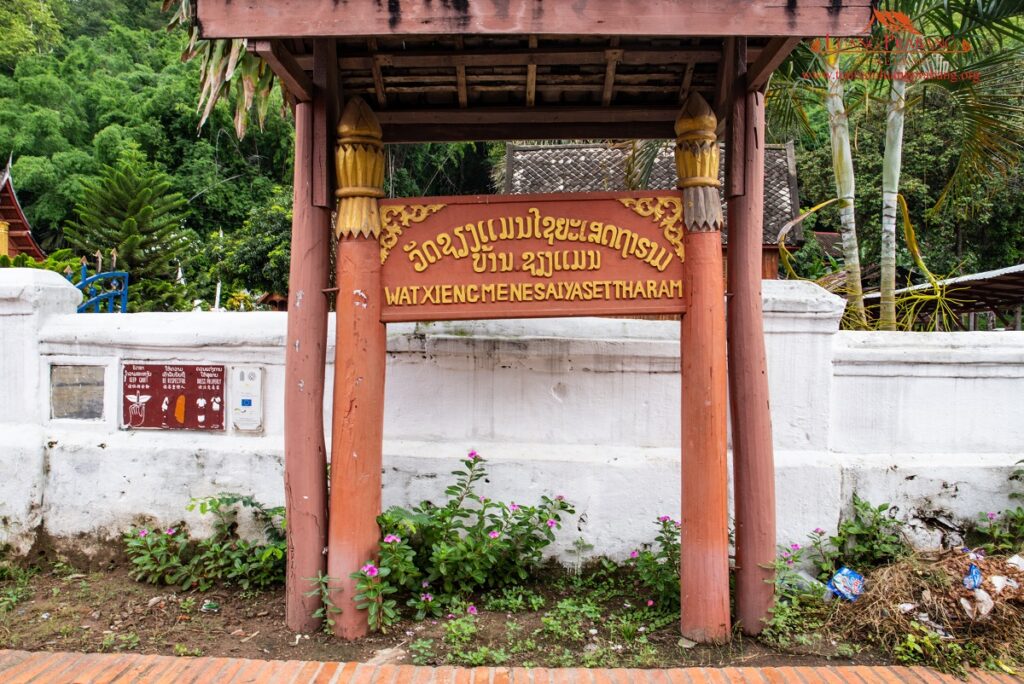
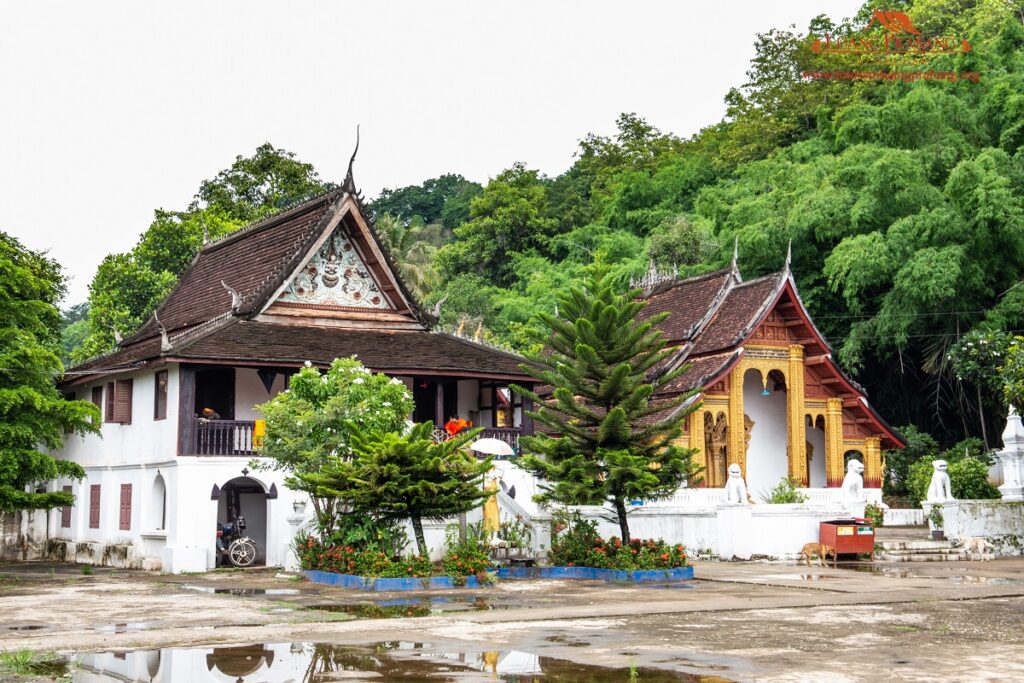
Wat Xieng Man
The most beautiful and colourful temple in Chompet District and one of historical significance to the region, Wat Xieng Man was originally built in the 16th century, modeled on the famous Wat Xieng Thong temple. It features a traditional thatched roof with ornate fixtures. The floors of this temple are covered in very charming black, grey and white French floor tiles, which date back to the 19th century.
You will notice a very small temple with a lock next to the main building. It was built by the Prime Minister of Laos in 2013 in order to protect some of the temple’s precious Buddha statues from being plundered. There are over 200 statues hidden in this little Buddha house – including one dating back to the 13th century.
Wat Long Khoun
Be sure to give yourself plenty of time to enjoy this temple which is located on a shady patch of land by the Mekong River. As you walk up the cement staircase to the entrance of the temple grounds, take a look to your left and marvel at the sight of a prehistoric-looking palm tree with gigantic fronds. Moving around to the temple entrance, the first thing you will notice are two menacing looking figures that have been painted on either side of the doorway. The temple, which was built in the 18th century, became the sleeping quarters for Chinese soldiers in 1890 when they came to do battle in Luang Prabang. The story goes that the soldiers were not able to enjoy a good night’s sleep due to the spirits of the temple which kept them awake, so they painted this mural to protect the troops and ensure a peaceful slumber during their stay. You’ll also find magnificent Lao paintings on the walls inside the temple depicting the 10 lives of Lord Buddha – including a very graphic scene involving several giant fish with blood-covered teeth devouring villagers.
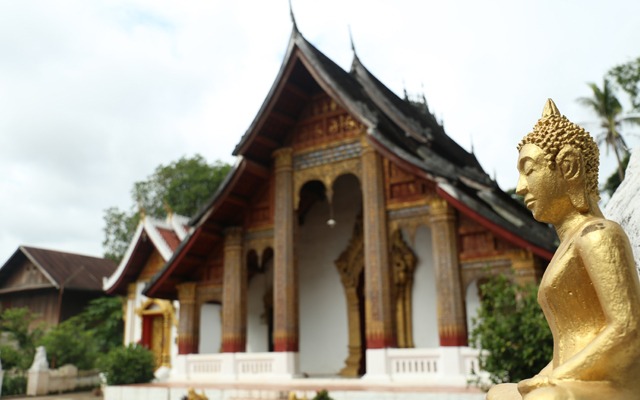
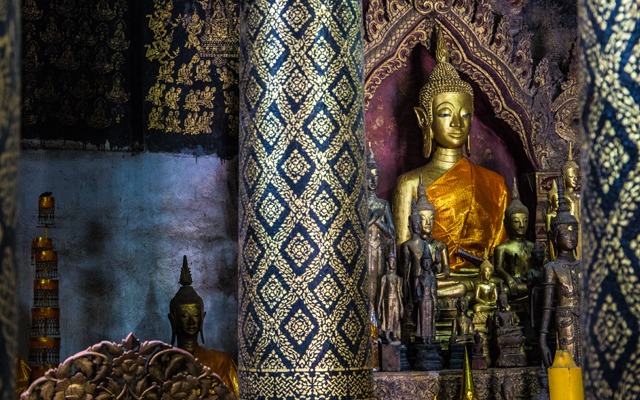
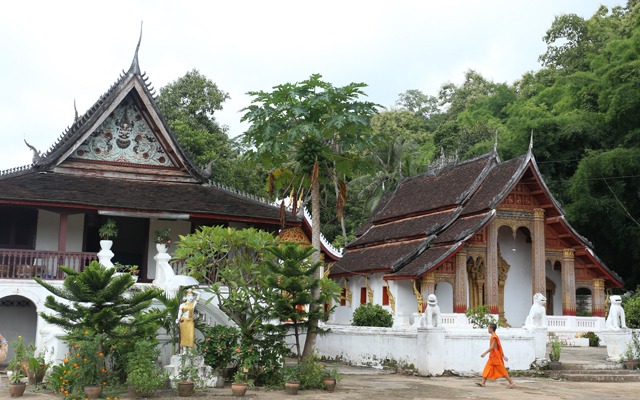
Wat Long Khoun is an historically significant temple as it’s where several Lao princes came to meditate before taking to the throne. At the back of the temple compound, on an elevated piece of land, you’ll find two old wooden houses and a long oblong white meditation room without windows. All of these buildings were made in the 18th century and served as places for royalty to meditate. You are welcome to enter the long white building on the upper terrace which was used on the full moon and dark moon as a place for monks and the prince to pace up and down, with their eyes closed, in meditation.
- Open daily from 08:00am to 17:00pm
If you buy entrance ticket at Wat Long Khoun, you can visit others temples which is next to the north without payment again.
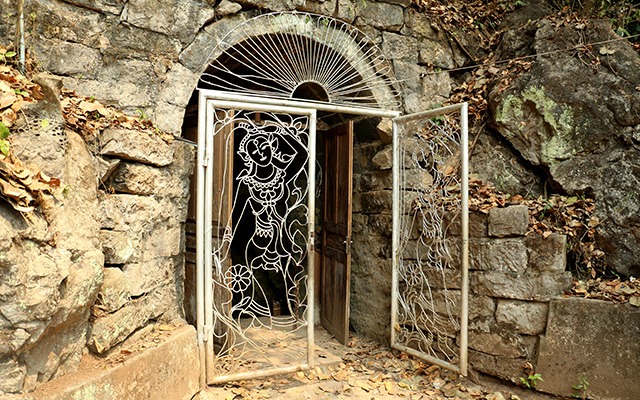
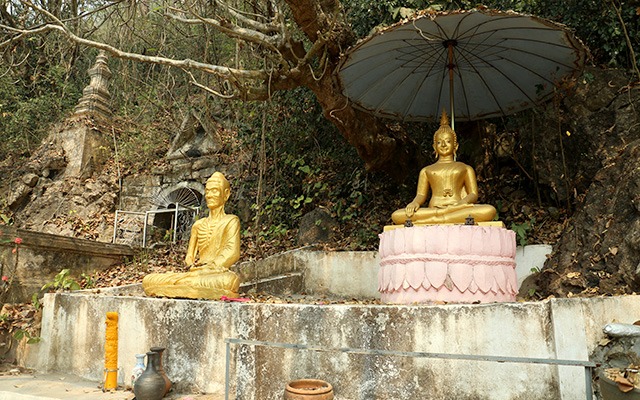
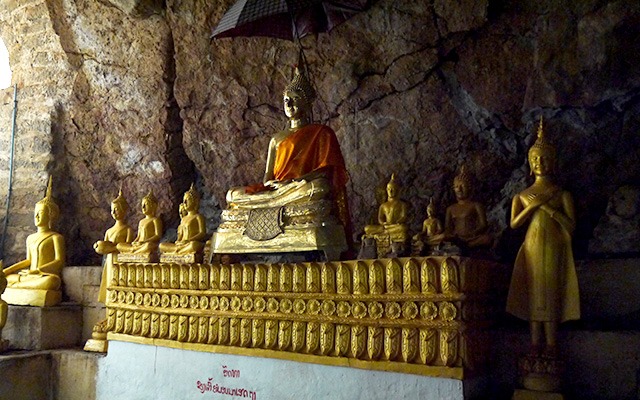
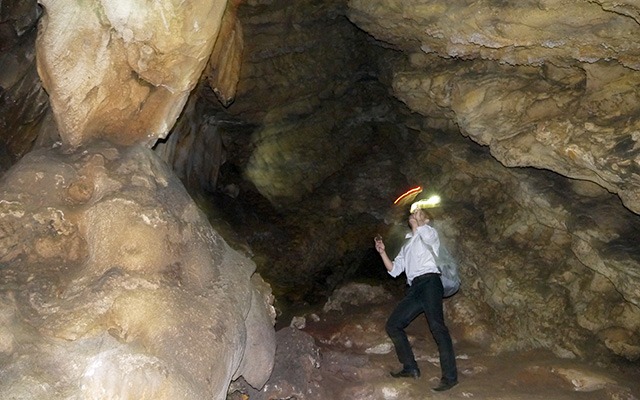
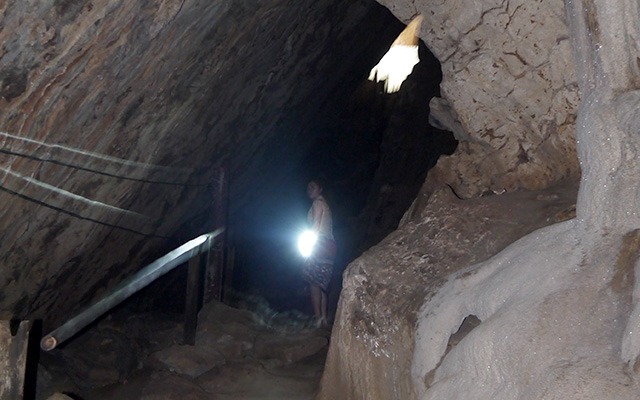
Wat Tham Sakkarin
Did you know that Lao people believe that if water drips onto your head inside a cave it will bring you good luck? This small cave can be found a short walk from Wat Long Khoun. Your ticket price for the temple will include a local guide to walk you to the cave and unlock the gates for you. The cave was used as a place of meditation for the royal family and contains a small white stupa inside which houses the bones of a former king. On a lower level of the cave you’ll find a natural rock formation that locals believe looks like an eagle.
There are two ways to return back to the boat pier after visiting this temple. You can go back through Ban Xieng Man or keep following the trail, which loops back via a dirt road.
WatHathSiaew
WatHathSiaew is situated on the opposite side of the Mekong River in Chompet and 5km from LuangPrabang. There are two ways to access it: by boat or crossing by ferry if traveling on foot, by bicycle or by motorcycle, which is more adventurous and a more interesting way to see and experience this historical tourist site which previously related to the everyday life of local people and the beliefs of the Luang Prabang Kings. It takes approximately 5-10 minutes to reach to the other side of the Mekong River. There are many other tourist attractions in the Chompet district such as WatXiengMen, WatChomphet, WatLongkhoun, WatThamsakarin, WatKokpab, WatNongsakeo and you can also the daily life of the people who live there.
HadSiaew temple was built by King Anourouthin in the 18th century. It borders with Phoupasath in the north and in the south, with LongSiaew Creek in the west, and the Mekong River in the East. It is one of the historic sites of Chomphet district which is also included in the area of the World Heritage Site.
The temple occupies an area of 63,000 square meters and is used by Buddhist novices, monks, and local people to practice meditation. The temple was abandoned in 1995 but has now been restored again and is inhabited by novices and monks. Early every morning, the novices and monks have to cross the Mekong River by boat for the alms giving ceremony in Luang Prabang.
The temple comprises of a chanting hall, a residence for the monks, a praying hall, and a drum tower. The chanting hall is in Lao architectural style with double roofs and decorated with Naga heads without a center spire. The mural is gilded in Lao style.
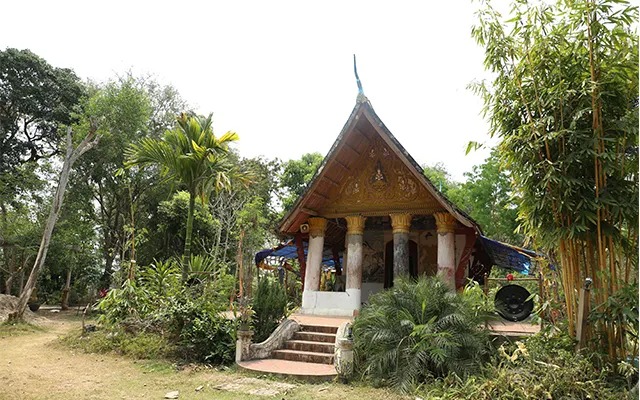

Wat Nong Sa Keo
It is an ancient temple located high on a mountain , surrounded by marshes. It’s only 1 Kilometer from Wat Hat Siew. This temple is the last one to visit when walking from Ban Xieng Man but can also be reached from Ban NaKham. The elders in Xieng Man village say that Wat NongSaKeo was built in 1657 because its location was so peaceful and perfect for meditation.
It was also used by Prince Phetsarath in 1912 after he returned from France and had married Queen Kham Wan. The temple was left abandoned from 1920 until the present time but has become a tourist attraction nowadays.
When King Saysetthathirath was building Wat XiengThong, he asked the local people to contribute money, gold, diamonds and crystals for the building of it. But by the time they had collected this, Wat Xiengthong was already completed. So they were very upset and sad and brought everything they had collected and threw it into the pond, named Nong Sakeo. Nowadays this place is used for meditation by Buddhist monks and pilgrims
